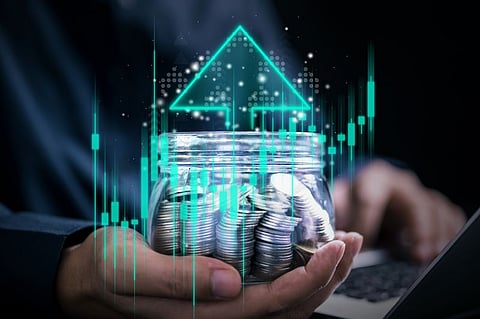US Fed interest rate cut in July: Will it bring good news for your wallet?
After months of rate hike pauses, a long-awaited relief for borrowers can soon be reality

Dubai: After four straight meetings of holding rates steady, the US Federal Reserve is nearing a tipping point. While no rate cuts came at its May meeting, economists now believe a first reduction is more likely in July, rather than June, as once hoped. The reason? The Fed still doesn’t have enough hard data to know whether inflation will stay tame—or spike again due to tariff pressures.
Fed Chair Jerome Powell admitted as much this week: “It’s much too early to tell which way this will shake out.” Until there’s clearer evidence on inflation, consumer spending and business investment—especially in the wake of new tariffs—the Fed remains in wait-and-watch mode. But what does all this mean for your personal finances?
Why borrowing still feels expensive—for now
Over the past year, elevated interest rates have made borrowing more expensive across the board—from home and auto loans to credit cards and business lending. That was the point: higher rates were meant to curb inflation by discouraging spending.
“Up until now, the higher rate of interest meant borrowers paying even more interest on credit cards, loans and other types of variable-rate debt,” said Mohammad Shaan, a Dubai-based wealth manager. “As rates peak, it will start to get cheaper for borrowers later in 2025.”
So while your monthly loan payments may still feel heavy today, relief may finally be in sight by mid-year—if the Fed sees enough economic weakness to justify easing.
Will your finances benefit from a July rate cut?
If the Fed cuts in July, you might soon see lower EMIs on floating-rate loans, credit cards, or even new mortgages. This could also be a good time to explore refinancing existing loans to lock in better terms.
Lower rates can also revive stock market optimism, though they may trim returns on savings and deposits. That said, financial advisors caution that rate cuts should not drastically alter your long-term savings goals.
Bottom line? If July brings a rate cut, it could help your wallet breathe a little easier—but patience is still key. Real benefits for consumers and investors will start to show only once the trend of easing becomes more consistent.
Sign up for the Daily Briefing
Get the latest news and updates straight to your inbox



